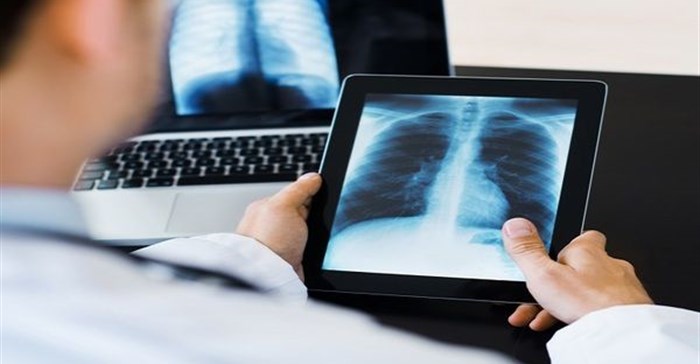AI transforming, not threatening radiology

While the rapid evolution in digital technology and AI initially meant radiologists were dealing with thousands of images - increasing their workload and leading to radiology burnout and potentially, a reduction in report quality - it also means this workload is being reduced, with radiologists taking responsibility for the medical, medico-legal and ethical considerations.
Teleradiology
Instead, AI and digital technology are vitally augmenting radiology practices, reducing workloads and increasing diagnostic accuracy. AI, using neural networks modelled on the human brain, is mapping, encoding and creating unprecedented high-quality images of the body that create far greater diagnostic accuracy. Known as teleradiology, the picture archiving and communication system are now mainstream.
Teleradiology produces high quality images far faster, reducing the need for patients to lie dead-still, helped with workflow and was especially valuable in triage when a brain bleed is suspected. A computer program could be trained to detect tiny areas of haemorrhage and focus on any abnormality.
No integration
However, the problem is that clinicians could not just buy an AI-machine. These are provided by multiple vendors with different areas of expertise.
“There’s no significant integration of all these modalities and no single platform, so it’s business as usual,” he says. Instead, a radiologist would become a validator, adjudicator and communicator - and “more of a computer scientist".
The real threats to radiology are scarce human resources, a reduction in trainees, corporatisation and emigration. He quotes Stephen Hawking's assertion that however clever computers are, they could not think. “AI will not replace radiologists, but radiologists who do not use AI will be replaced by radiologists who do,” he says.








